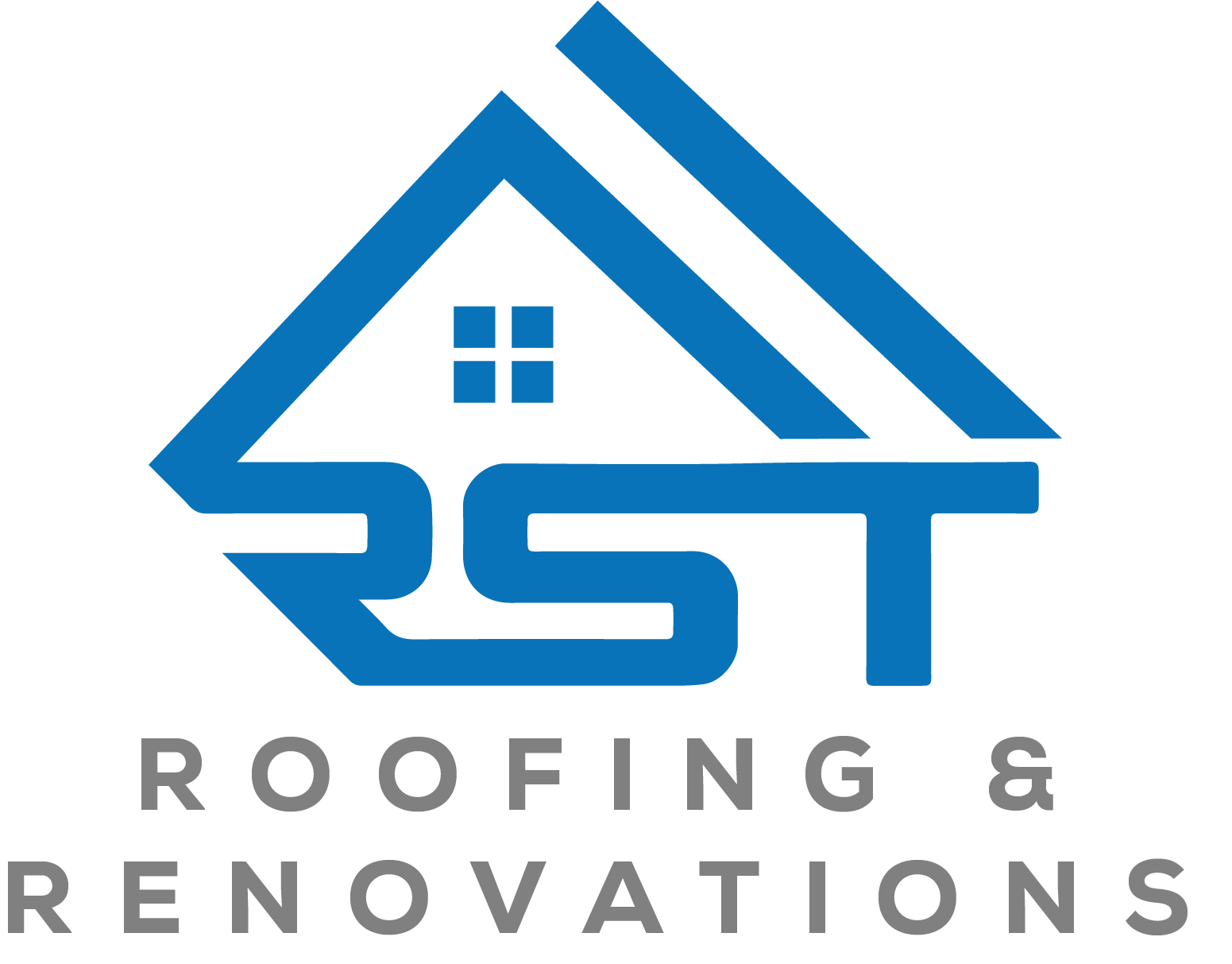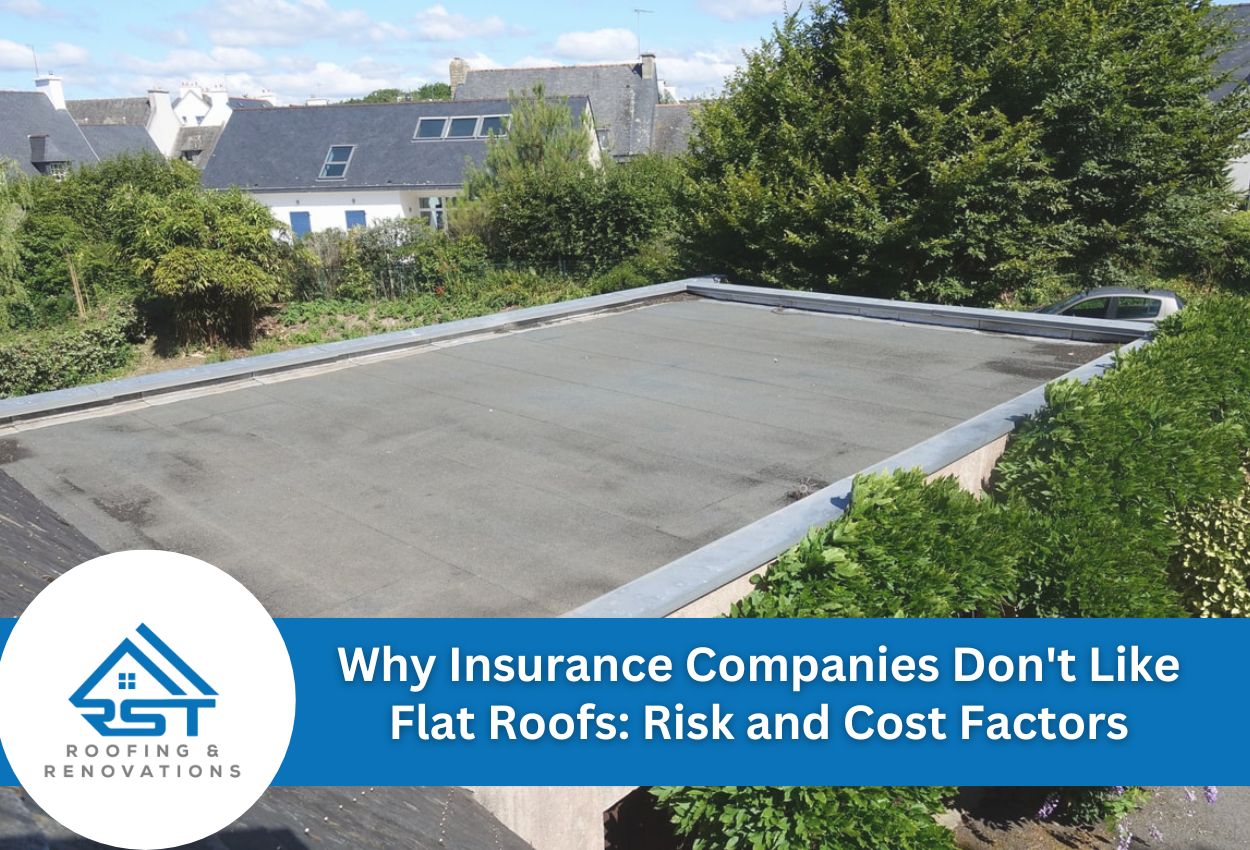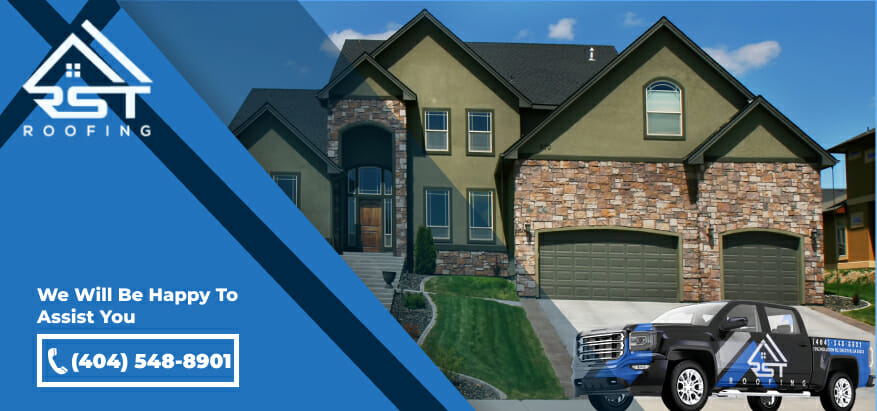Insurance companies approach flat roof coverage with considerable caution, treating these structures as significantly riskier investments compared to traditional pitched roofing systems. This reluctance stems from the industry belief that flat roof problems occur far more frequently than issues with sloped alternatives.
The core concern revolves around water management and structural vulnerabilities inherent in the flat roof design. While pitched roofs naturally shed water through gravity, flat roofs rely on drainage systems that can become compromised, leading to ponding water and eventual leaks. These flat roof disadvantages for homeowners translate directly into higher claim frequencies and more expensive repairs for insurance providers.
Commercial flat roofs present even greater challenges due to the larger surface areas and increased potential for widespread damage. When problems develop on commercial properties, the scale of repairs often reaches substantial amounts, making insurers particularly wary of providing comprehensive coverage.
The fundamental difference between insurance for flat roofs vs. pitched roofs reflects the statistical reality that flat roofing systems experience more frequent maintenance issues, weather-related damage, and premature failure. Insurance companies base their coverage decisions on risk assessment data, and flat roofs consistently demonstrate a higher probability of generating claims throughout their lifespan.
Water Damage and Drainage Issues That Drive Up Insurance Claims
Water-related problems are the primary reason insurance companies view flat roofs unfavorably. Unlike pitched roofs that naturally channel water away through gravity, flat roofs create ideal conditions for water pooling and ponding. This standing water gradually deteriorates roofing membranes, eventually causing leaks that result in extensive interior property damage.
Insurance claims for flat roof damage frequently involve water infiltration that spreads throughout building structures, damaging ceilings, walls, flooring, and personal property. The cascading effect of water damage transforms what might begin as a minor roof issue into expensive restoration projects requiring professional remediation services.
Drainage system failures compound these flat roof insurance problems significantly. Clogged drains, overwhelmed scuppers, and inadequate gutter systems create water backup during heavy rainfall. When drainage components fail to function properly, water accumulates rapidly across the entire roof surface, increasing pressure on vulnerable areas and accelerating membrane deterioration.
Flat roof issues become particularly problematic during severe weather events when drainage systems cannot handle sudden water volumes. The resulting damage often affects multiple areas simultaneously, creating complex claims that require extensive documentation and repair coordination.
These drainage-related vulnerabilities explain why flat roofs generally come with higher insurance premiums and more restrictive coverage options.
Structural Problems That Make Flat Roofs Insurance Nightmares
Weight-bearing complications create significant structural challenges that make insurance companies particularly wary of flat roof coverage. These roofing systems must support substantially more load than pitched alternatives, especially when snow accumulation or standing water adds excessive weight. The additional stress on support structures increases the risk of catastrophic failure that generates massive insurance payouts.
Membrane deterioration is another critical structural vulnerability that drives up insurance claims for flat roof damage. Temperature fluctuations cause expansion and contraction cycles that stress roofing materials beyond their design limits. UV exposure accelerates membrane aging, creating splitting and cracking that allows water into building structures.
These membrane failures often develop gradually, allowing water damage to spread extensively before detection occurs. Commercial flat roof issues become more expensive when membrane problems affect large surface areas simultaneously. The hidden nature of membrane deterioration means property owners may remain unaware of developing problems until significant interior damage becomes visible.
The combination of structural stress and membrane vulnerability explains why roof insurance for flat roofs has different risk calculations and coverage limitations compared to pitched roofs.
Higher Maintenance Requirements That Increase Claim Frequency
Flat roofs need more frequent inspections and maintenance compared to pitched roofing systems, creating a direct correlation between neglected upkeep and insurance claim frequency. Property owners who fail to keep regular maintenance schedules often discover that minor issues rapidly escalate, requiring expensive repairs and generating substantial insurance claims.
The specialized nature of flat roof maintenance requires property owners to schedule professional inspections at least twice annually, with additional assessments following severe weather events. When property owners skip these essential maintenance requirements, small membrane tears, drainage blockages, or flashing deterioration quickly develop into extensive water damage situations.
Insurance claims for flat roof damage frequently originate from preventable maintenance issues that property owners overlooked or postponed. Clogged drains, loose membrane seams, and deteriorated sealants are common maintenance failures that transform routine upkeep tasks into expensive insurance claims. These flat roof insurance problems demonstrate why insurers view maintenance-dependent roofing systems as higher-risk investments.
The specialized materials and installation techniques required for flat roof repairs also contribute to higher claim costs and extended resolution timeframes. Unlike standard shingle replacements, flat roof repairs often require specialized contractors, weather-dependent installation windows, and premium materials that significantly increase repair expenses. These factors make the disadvantages of flat roofs particularly apparent when insurance claims require professional resolution, ultimately making these policies less profitable for insurance companies.
Commercial Property Challenges That Amplify Insurance Company Concerns
Commercial properties with flat roofs create exponentially greater insurance concerns due to their scale and complexity compared to residential applications. Large commercial flat roofs present massive surface areas where even minor drainage problems can quickly cause catastrophic water damage, affecting entire building structures and valuable business assets.
The extensive square footage of commercial flat roofs means that insurance involves substantially higher claim amounts when problems develop. A single membrane failure or drainage system malfunction can impact thousands of square feet simultaneously, creating repair scenarios that require specialized equipment, extended timelines, and substantial material investments that dwarf typical residential projects.
Business interruption is a particularly concerning aspect of commercial flat roof coverage for insurance providers. When water damage forces businesses to cease operations temporarily, insurance companies face dual exposure from property damage repairs and lost income compensation. This combination makes commercial flat roof properties especially problematic for insurers trying to manage claim exposure and maintain profitable coverage portfolios.
The complexity of commercial drainage systems creates additional vulnerability points that insurance companies must factor into their risk assessments. Multiple drains, extensive piping networks, and sophisticated water management systems provide numerous failure points that can trigger expensive damage. These flat roof disadvantages become magnified exponentially in commercial applications, creating insurance scenarios that require careful evaluation and often result in restrictive coverage terms.
How Flat Roof Insurance Premiums Compare to Traditional Pitched Roofs
Insurance companies consistently charge higher premiums for properties with flat roofs based on increased claim frequency and severity compared to traditional pitched roof structures. These premium differences reflect statistical evidence showing flat roof properties generate claims at rates substantially higher than their pitched counterparts, creating additional financial risk for insurance providers.
The underwriting process for flat roof properties involves significantly more rigorous evaluation procedures than standard pitched roof coverage. Insurance companies require detailed roof inspections, comprehensive maintenance history, and often mandate additional coverage requirements or higher deductibles to offset the increased risk exposure.
Commercial flat roofs create even more dramatic premium disparities due to larger surface areas and potential for extensive damage. Insurance providers frequently require specialized coverage endorsements and impose stricter maintenance requirements as conditions for policy approval, making commercial flat roof coverage considerably more expensive than comparable pitched roof policies.
The premium differential between insurance for flat roofs vs. pitched roofs typically ranges from moderate increases to substantial surcharges, depending on specific risk factors. Some insurers implement tiered pricing structures that reward property owners who schedule regular professional maintenance and inspections.
These pricing disparities reflect the insurance industry’s recognition that flat roof disadvantages for homeowners translate directly into higher claim costs and more frequent policy payouts, necessitating premium adjustments to maintain profitability.
Solutions and Preventive Measures to Improve Your Flat Roof Insurance Situation
Property owners can take proactive steps to address flat roof problems and potentially improve their coverage situation through documented maintenance and strategic improvements. Regular professional inspections conducted by certified roofing contractors create verifiable records that demonstrate responsible property management to insurance companies evaluating coverage applications and renewal terms.
Establishing a comprehensive maintenance schedule with documented service records helps property owners build credibility with insurance providers who view maintenance history as a key indicator of future claim probability. These maintenance programs should include biannual inspections, prompt repair of minor issues, and photos showing the roof’s condition over time.
Modern flat roofing materials offer significant improvements over traditional systems that historically created headaches for homeowners. Advanced membrane technologies, improved drainage components, and protective coating systems extend the roof’s lifespan while reducing vulnerability to weather-related damage. When negotiating with insurance providers, property owners can highlight these material upgrades as risk-reduction measures that justify better coverage terms.
Professional installation of high-quality drainage systems addresses one of the primary concerns insurance companies have regarding flat roof damage. Upgrading to modern drainage solutions with backup systems and overflow protection demonstrates a commitment to preventing water-related problems that typically drive commercial flat roof insurance issues.
Property owners who invest in these preventive measures often discover that the improved roof performance and documented maintenance history create leverage when discussing premiums with their insurance representatives.
Protect Your Investment with RST Roofing and Renovations, LLC
Understanding the complexities of flat roof insurance can be daunting, but not when you have the right team on your side. RST Roofing and Renovations, LLC specializes in providing top-notch roofing solutions that minimize insurance woes and protect your property. With our expertise in flat roof installations and repairs, we ensure your roof meets all insurance standards.
Don’t let insurance premiums or the fear of potential roof damage hold you back. Call us today at (404) 548-8901 to learn more about how we can help you navigate the complexities of flat roofs. Secure your property with RST Roofing and Renovations, LLC – your partner in reliable and efficient roofing solutions.





